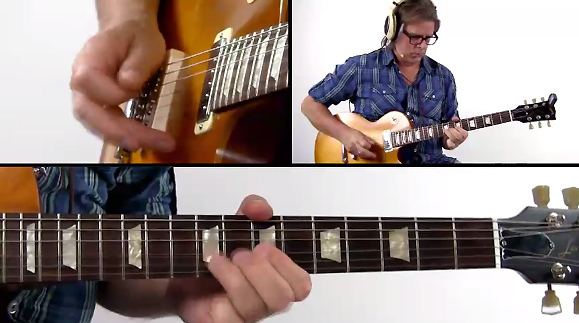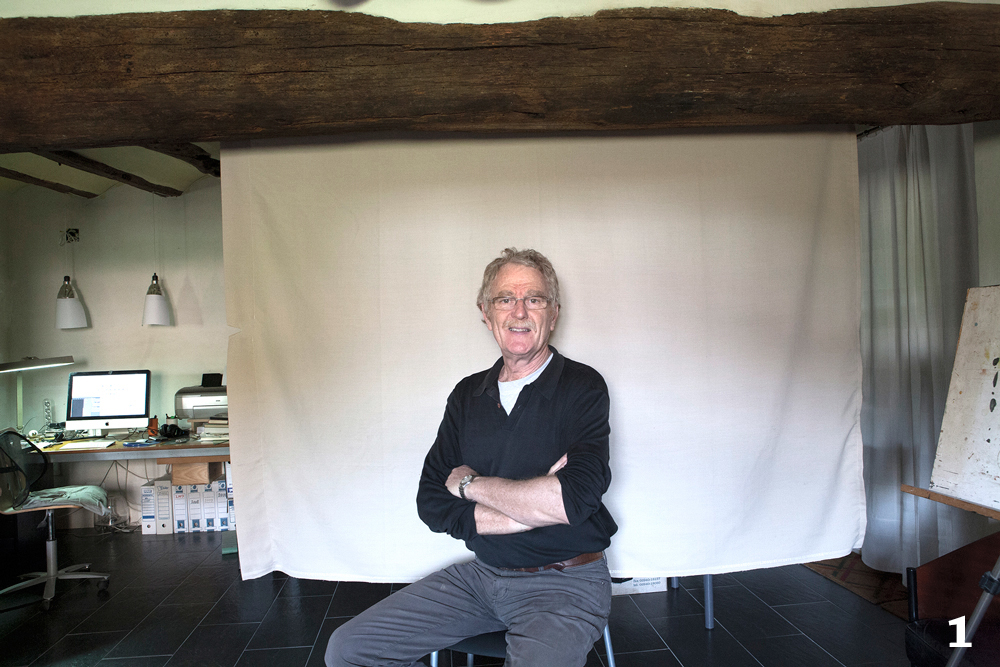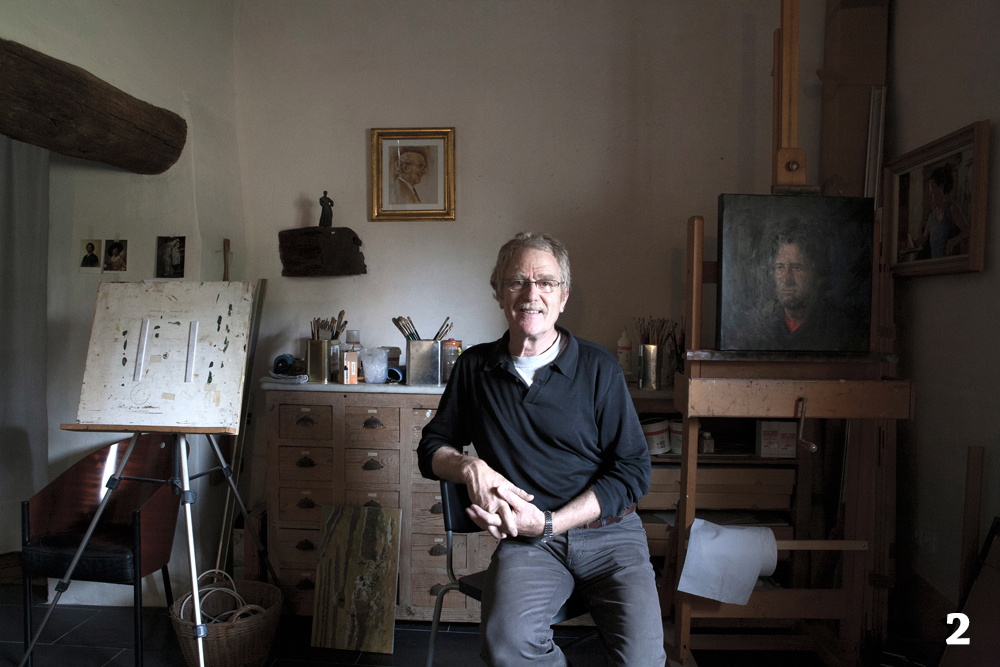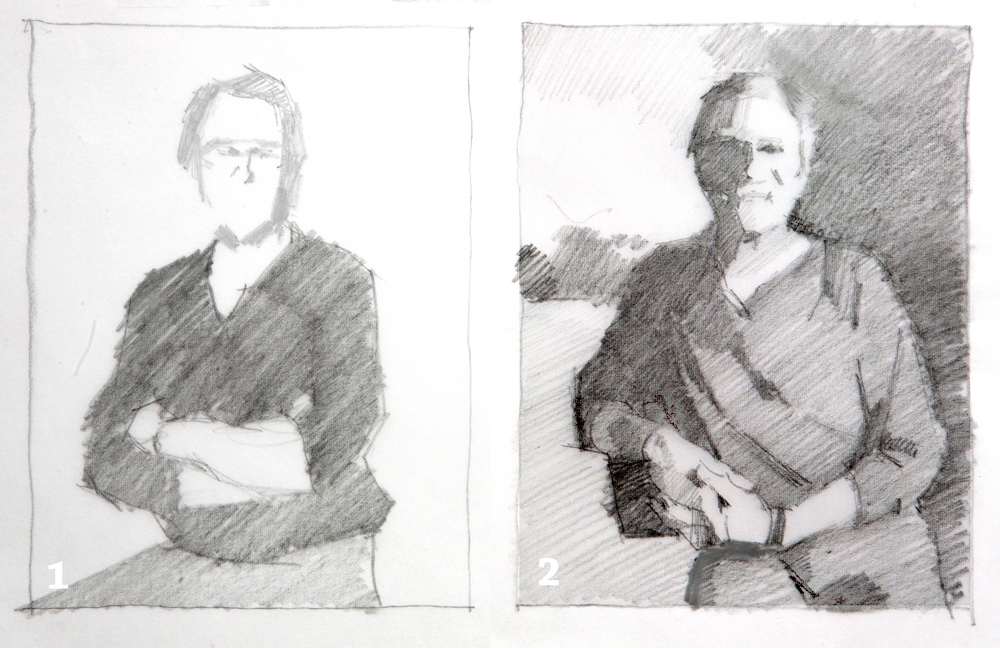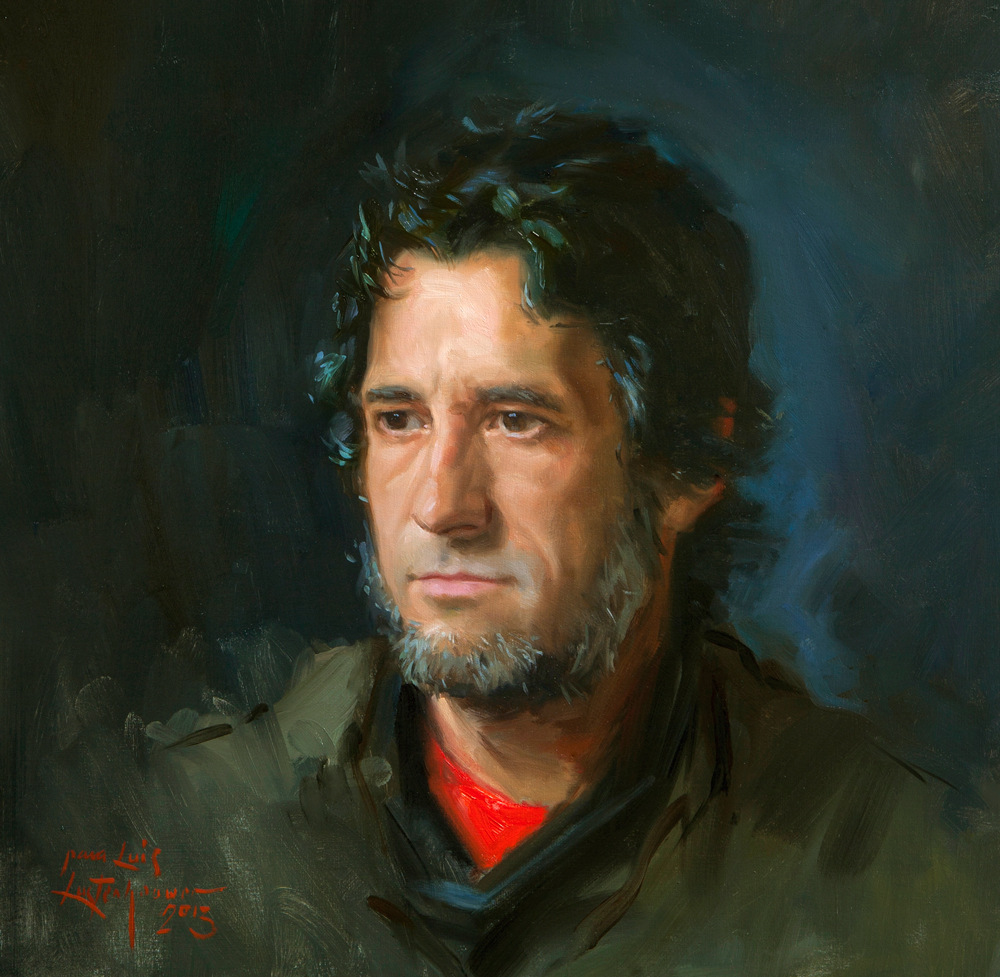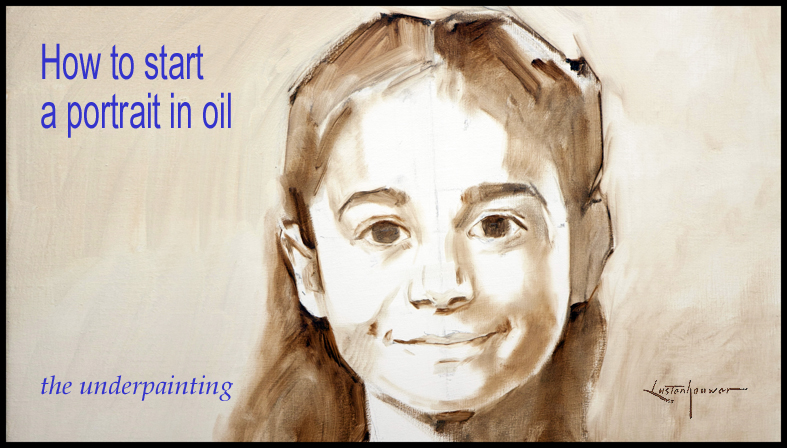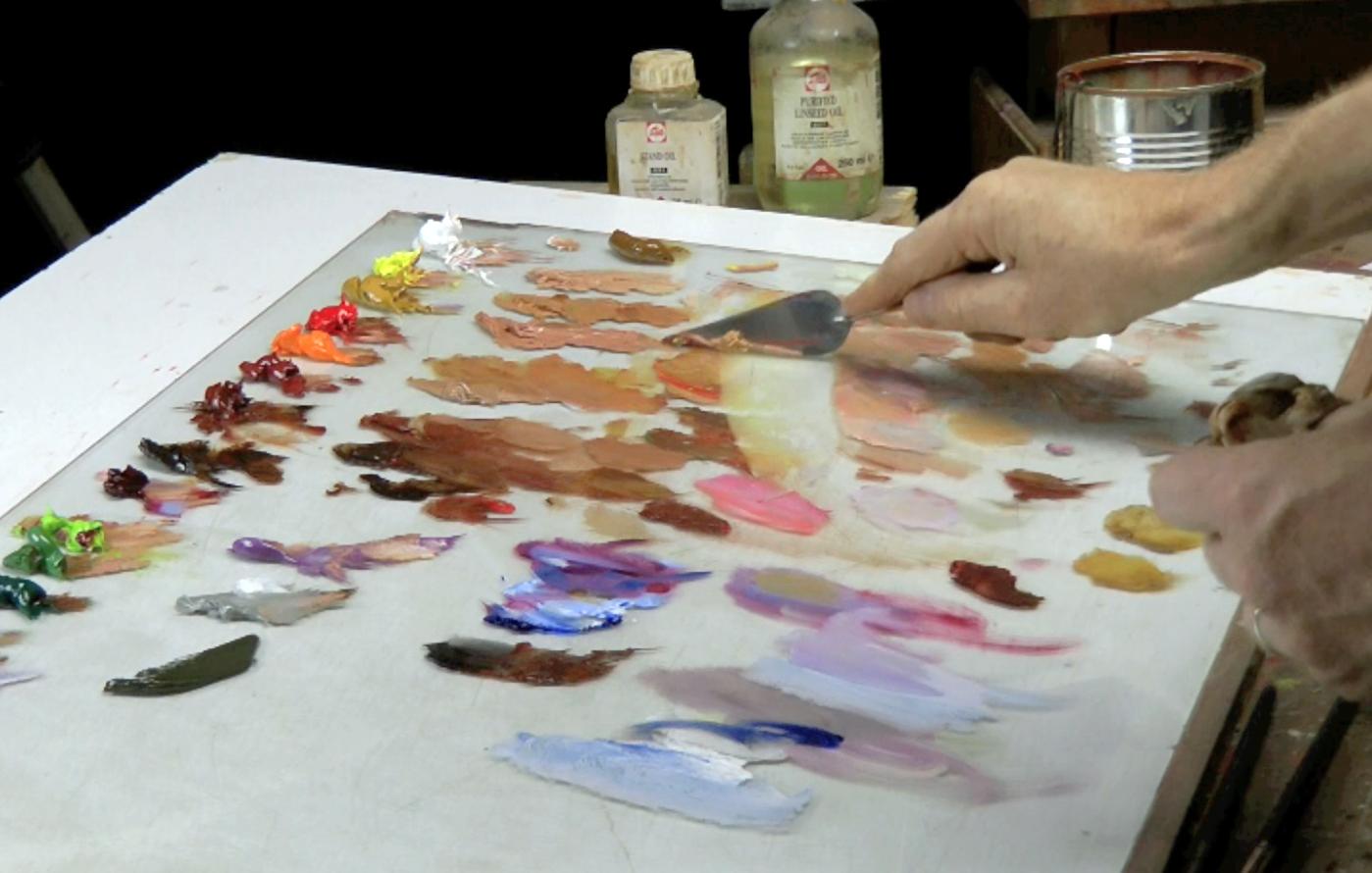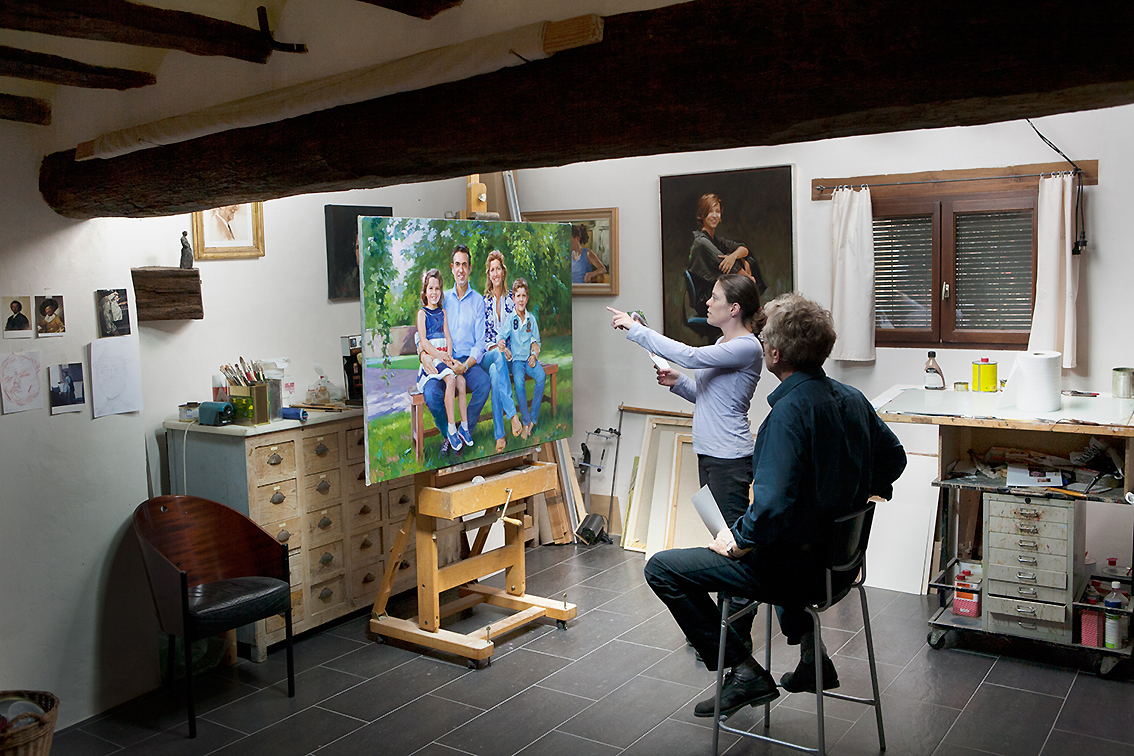
In my post two weeks ago I talked about portrait painting and the applause of uncles and aunts; the worthless fame. What you really need is a critical eye of someone who understands matters. Someone whose opinion you appreciate. Someone who does not give compliments just to please you. Formerly, before a painting left my studio, my daughter came to approve the product. And when she had critical points, she almost always was right. She is married now and lives in Madrid already for five years. This week she is staying with us. So I can call on her scrutiny. The family portrait, which I have shown you before, is in it´s final stage. Together we have gone over. Beside a few little things I got her approval and for her part the painting can be delivered. Of course I also sent an image to the client. They are very enthusiastic. (aside from some small comments). After these corrections the painting can be varnished and shipped.


